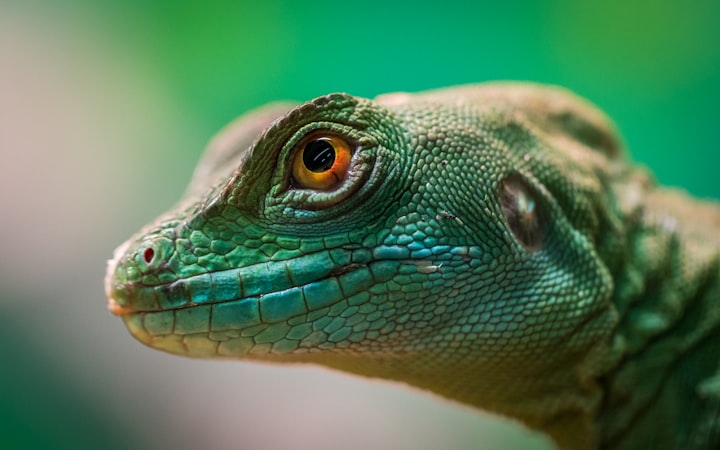The World Through the Eyes of Animals
Understanding the Animal's Point of View

Different animals see the world in ways that we don't. For example, pigeons have better vision than we do. Snakes use infrared sensors to see warm-blooded mammals, which is different from how we see things.
Cows don't see colors the way humans do. They can only see variations of blue and green, just like horses. They also don't have a blind spot in front of their faces like horses do. Their world is mainly made up of greens, yellows, and blues. Horses can't see colors as well as we do, which is why they have a blind spot in front of their face.
Fish eyes have ultraviolet receptors and a more spherical lens than humans. This gives them an almost 360 degree vision as for colors they're able to see all the same ones as we humans do. But because light behaves differently underwater they have a hard time distinguishing red in its shades. Deep sea fish can easily see in the dark which is pretty cool. Sharks on the other hand can't distinguish colors at all but they seem much clearer under the water than we do.
Birds have unique ways of seeing the world. Unlike humans, birds can see ultraviolet light. This helps them differentiate between males and females of their own species and navigate their surroundings. They are also skilled at focusing. Falcons and Eagles can focus on a small mouse in a field up to a mile away. Pigeons can see tiny details, so if you need to find a crack in the pavement, just ask a pigeon. Additionally, pigeons have a 340-degree field of vision and their vision is considered twice as good as a human's. I must admit, I'm envious of a pigeon.
Insects have peculiar vision patterns. For instance, flies have numerous eye receptors that collaborate to provide them with a comprehensive view of their surroundings. Interestingly, they perceive everything in slow motion. Additionally, flies can detect ultraviolet light, which aids in their communication. Bees, on the other hand, face their own challenges. They are unable to perceive the color red and instead perceive it as a dark blue. This is quite perplexing.
These little guys, rats, cannot see red. But that's not the weirdest part. Each of their eyes moves independently, so they are constantly seeing double. It's surprising that they don't run into more walls, don't you think?
Cats cannot see shades of red or green. However, they can see brown, yellow, and blue hues very well. They have a wide angle view, allowing them to see more on the sides than we can. In pitch black conditions, cats become ninja-like and can see six times better than humans. Their pupils adjust to any lighting, almost like magic.
Dogs can't see red or orange, but they can see blue and violet. They can also differentiate between 40 shades of gray, which is impressive. On the other hand, frogs are picky eaters. They only eat food that is moving. Even if there are plenty of delicious bugs around, frogs won't eat them if they don't wiggle. Frogs are not very observant creatures either. If something is not important to them, like a shadow, they won't even bother looking at it.
Chameleons have eyes that can move independently. They can see everything around them without turning their heads. They can even see two images at the same time, like a double feature movie. One image in front and one behind. It's pretty impressive, right? What would you do if you suddenly had 360-degree vision like a chameleon?





Comments
There are no comments for this story
Be the first to respond and start the conversation.